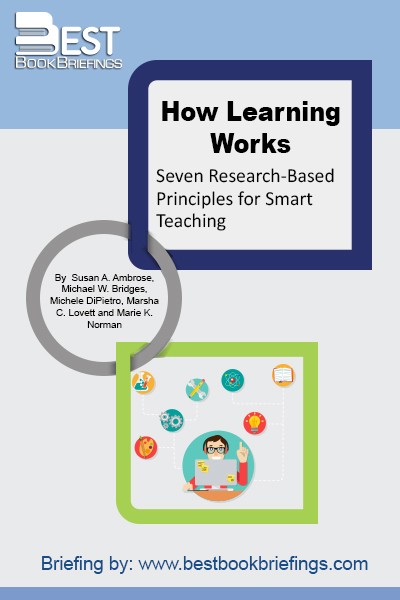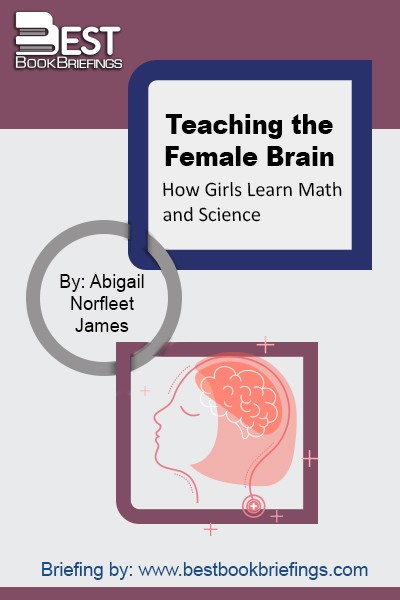Teaching the Female Brain
How Girls Learn Math and Science
Editorial Review
Girls need your support, as there is so much in their lives that works against them to succeed academically especially in the science, technology, engineering, and math (STEM) courses. They may not ever want to continue in these courses into college, but they should be given the chance to do well. The problem in the past was that society assumed that girls would not be capable in math and science and never offered opportunities. Girls can do well in math and science and many enjoy the subjects. Help those girls find the spark that may light their way to a career. In this book, we learn the differences and the similarities between how the female and the male brain work, and how that could reflect on the teaching and learning process.
Book Reviews
Books on Related Topics

For the first time ever, New Kinds of Smart brings together all the main strands of research about intelligence in one book and explains these new ideas to practising teachers and educators. Each chapter presents practical examples, tools and templates so that each new strand of thinking can be woven into their

Why Don’t Students Like School began as a list of nine principles that are so fundamental to the mind’s operation that they do not change as circumstances change. They are true in the classroom as they are in the laboratory and therefore can reliably be applied to classroom situations. These nine

Any conversation about effective teaching must begin with a consideration of how students learn. Yet instructors who want to investigate the mechanisms and conditions that promote student learning may find themselves caught between two kinds of resources: Research articles with technical discussions of learning, or books and Web sites with concrete



